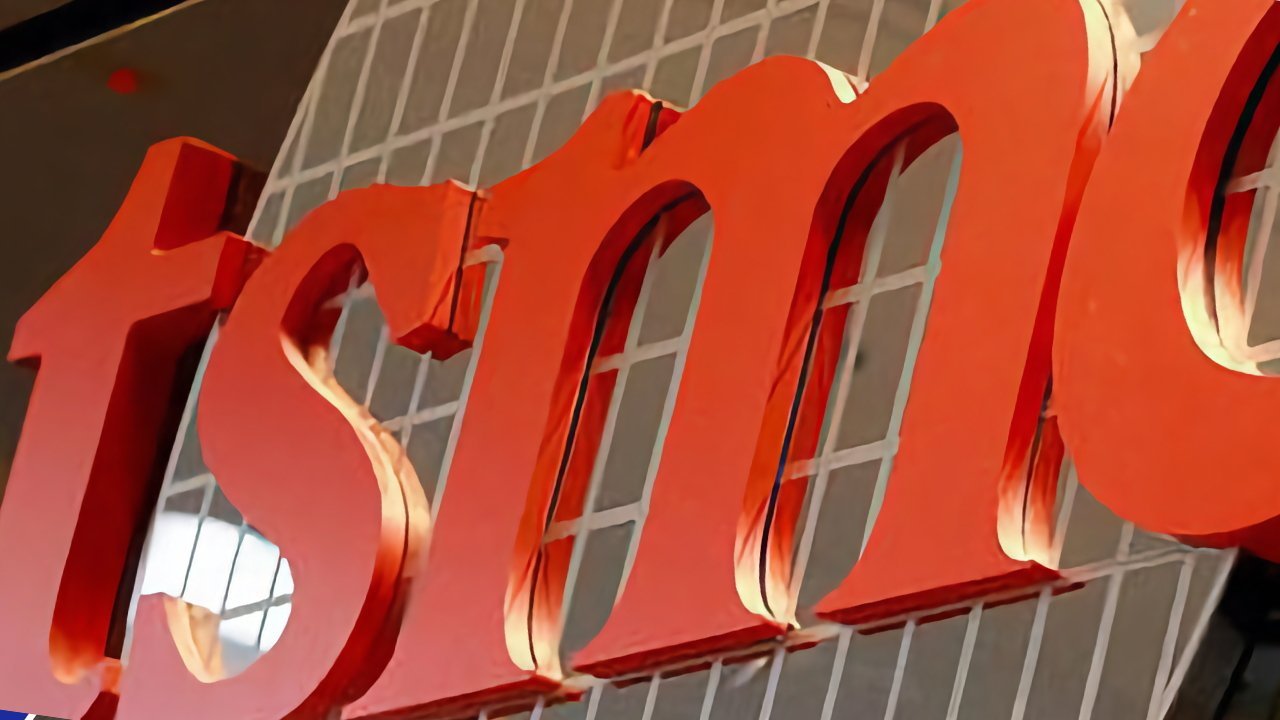iPhone 17 Pro will get TSMC's first 2nm chips
Last updated
TSMC is competing against Intel and Samsung to bring out crucial 2-nanometer chips for their clients, with TSMC on track to provide Apple the technology for the iPhone 17 Pro in 2025.
The race to shrink chip architectures even smaller continues to be big business for chip the major chip foundries. In a profile of the $500 billion industry, Apple chip partner TSMC is said to be working steadily to bring out chips using the tech in the coming years.
According to two sources with knowledge of discussions speaking to the Financial Times, TSMC has shown the process test results for its "N2" prototypes to major customers. These customers include Apple and Nvidia.
Rival Samsung has apparently attempted to tempt major customers like Nvidia by offering cut-price 2-nanometer prototypes. However, it seems that TSMC may still fare better in some eyes.
"Samsung sees 2-nanometer as a game-changer," said Dalton Investments analyst James Lim. "But people are still doubtful it can execute the migration better than TSMC."
In part, it's because TSMC is already working at the 3-nanometer level. A number of Apple products, including the A17 Pro in the iPhone 15 Pro line. Meanwhile, Samsung is struggling with a low yield rate for 3-nanometer chips at just 60 percent.
TSMC has previously said it was working on mass producing 2-nanometer chips by 2025, with Apple typically the main customer to debut chips using the process.
Executives told the report the N2 technology development was "progressing well and on track for volume production in 2025, and will be the most advanced semiconductor technology in the industry in both density and energy efficiency when it is introduced."
Mass production in 2025 would, if conducted early enough, allow Apple to use the technology for that year's chip release, presumably called the A19. In theory, it would then be made available in the iPhone 17 Pro range for that year, unless Apple changes its chip release strategy.
 Malcolm Owen
Malcolm Owen








 Amber Neely
Amber Neely
 Thomas Sibilly
Thomas Sibilly
 AppleInsider Staff
AppleInsider Staff
 William Gallagher
William Gallagher

 Christine McKee
Christine McKee










15 Comments
It seems that the TSMC pecking order for the cutting edge is-
1. Apple, now soaking up most (or all) of the 3nm production per multiple sources.
2. Nvidia, 4nm (per the FT). Good for their AI machinations.
3. Everyone else.
The 2nm should be a boon for computing efficiency and heat dissipation needed for AR/VR and Apple’s aspirations for consumer products.
Just brain storming here.
anyone, please share their thoughts of this.
1. Why doesn't apple buy TMSC?
2. Regulator reason?
#.Is there an issue of cash on hand?
4. Apple wants to control everything.....it is their nature...
5. What am I missing?
6 Consider Apple could have owned ARM!
7. What are the issues here???
Intel is definitely not in the competition. 😂
What happens after 1-nm? 0-nm?